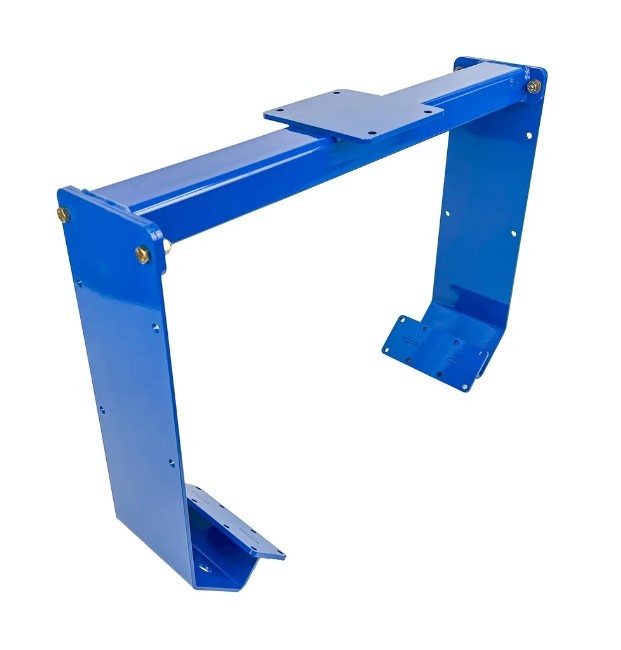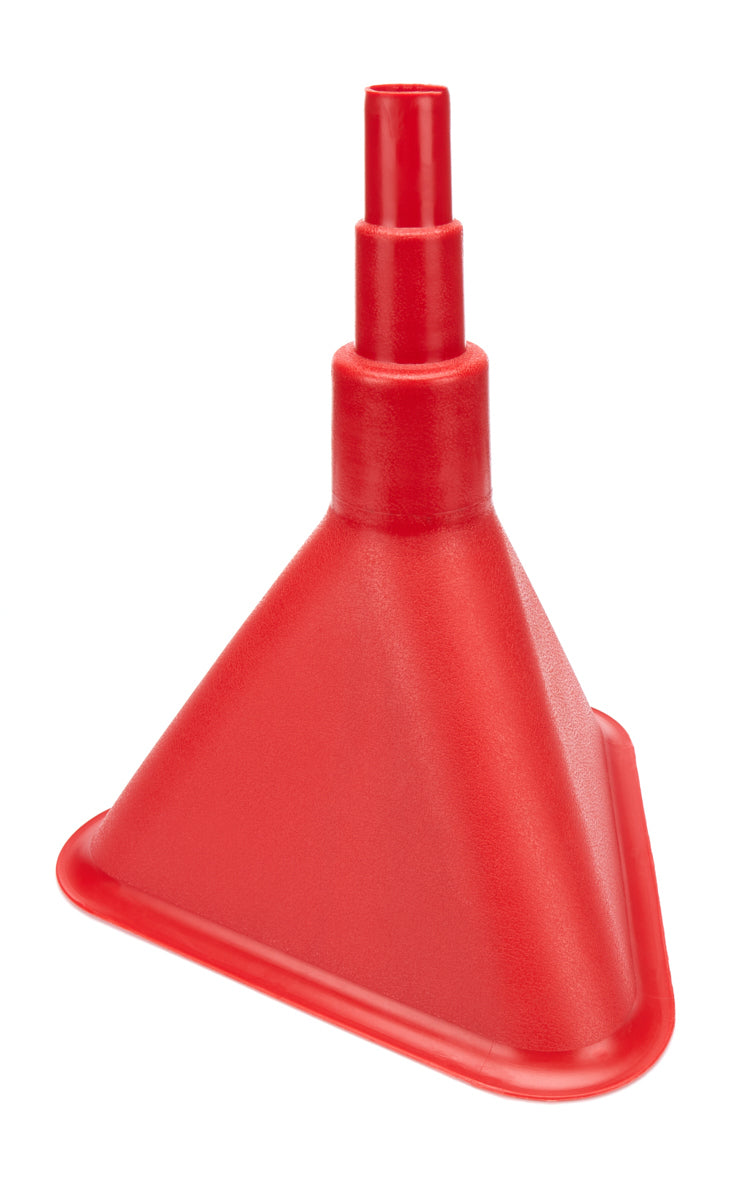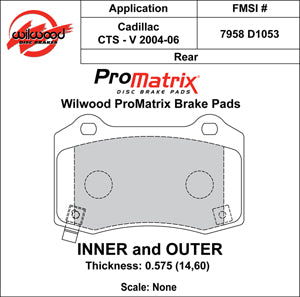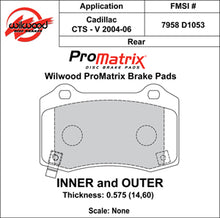High-Temperature Racing Pads: 150-30-D1053K
150-30-D1053K
$192.66
BP-30 Compound Pad Characteristics High friction, medium initial response that increases with rotor temp Medium low temperature...
Adding product to your cart
Size Chart
×










